CoolSculpting, also known as cryolipolysis, is a non-surgical freezing technology that gives patients long-lasting results for spot fat removal. CoolSculpting has become a popular procedure for addressing excess fatty deposits in trouble areas. In some extremely rare cases, this treatment does have adverse effects. Negative outcomes ultimately cause the fat in the affected areas to increase (rather than decrease as intended). This condition is known as Paradoxical Adipose Hyperplasia (PAH). The Male Plastic Surgery Network knows how to help with Paradoxical Adipose Hyperplasia treatment for men in LA.
As mentioned, PAH is highly unusual, materializing in just 0.005% of cases. However, it seldom occurs in men who undergo CoolSculpting. In these unique instances, patients have unpredictable increases in adipose tissue. This condition is counterintuitive to CoolSculpting’s intended outcome.
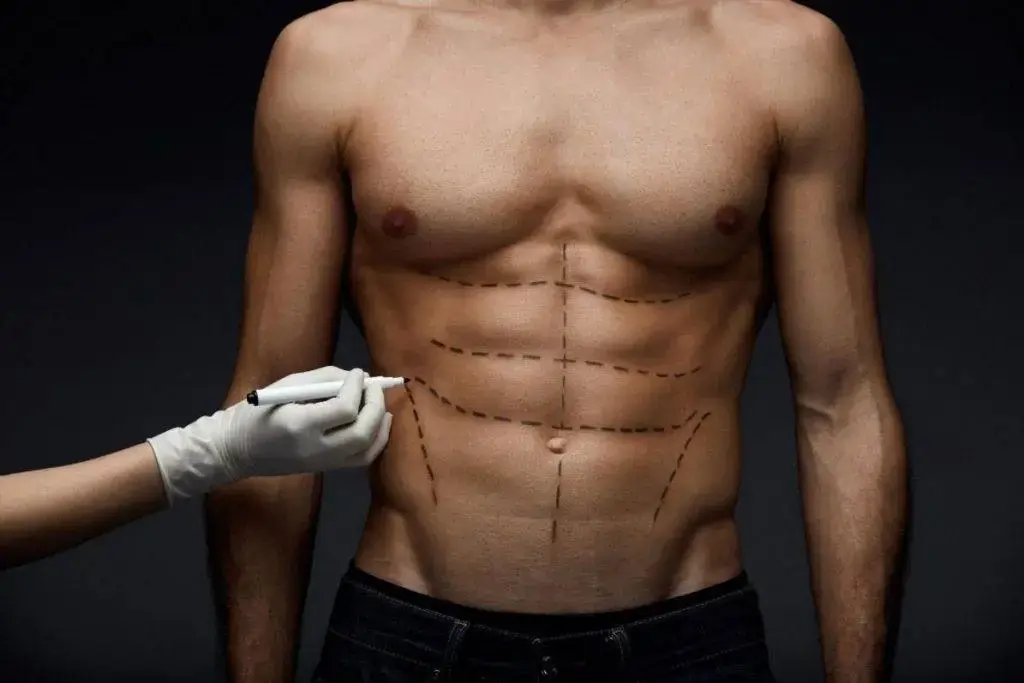
What Is Paradoxical Adipose Hyperplasia (PAH)?
PAH specifically occurs in men who have had a negative reaction to cryolipolysis (CoolSculpting). Here is a breakdown of the medical terminology for Paradoxical Adipose Hyperplasia:
Paradoxical: an unforeseen paradoxical effect of CoolSculpting is that instead of reducing, the treated tissues respond to it by growing.
Adipose: tissue that is a type of connective tissue that contains adipocytes or fat cells. These cells are mainly found beneath the skin, particularly in regions such as the stomach, sides, lower back, and legs.
Hyperplasia: is a biological process in which there is an increase in the number of
cells in a tissue. This cell growth is usually induced by a particular
stimulus.
Why Does It Happen and How Can it be Identified?
In many ways, treatments like fat-freezing are still in their infancy. As such, there is little known about why exactly PAH takes place. The occurrence of PAH is still somewhat of a medical enigma. However, Dr. Steinbrech and other LA surgeons are constantly studying the best treatment for detecting why Paradoxical Adipose Hyperplasia occurs in men and who might be at risk.
PAH takes place within 6 months following CoolSculpting. Fat accumulation typically presents where the CoolSculpting device was used. Adipose tissue on the affected area swells to a size larger than the original fatty spots prior to CoolSculpting. These areas may be sensitive to the touch.
How Common Is PAH?
The most recent studies suggest that PAH occurs in just 1 of every 500 to 5,000 CoolSculpting procedures. Paradoxical Adipose Hyperplasia is very rare in men.

Who Is At Risk Of Developing PAH After CoolSculpting?
Research suggests that the most common indicators for developing Paradoxical Adipose Hyperplasia include the use of a large CoolSculpting applicator, male sex, Hispanic background, and abdominal location of treatment. Age and other factors have not yet shown to play a role in the development of PAH.
How Is PAH Treated?
Before the condition can be treated, the affected area must first soften for a couple of months after the final CoolSculpting procedure. Paradoxical Adipose Hyperplasia treatment for men in LA typically includes variations of liposuction. In the rare event that a patient’s PAH is extreme, multiple liposuction sessions or a TorsoTuck® (tummy tuck for men) may be required.
Recovery Time
Recovery times for PAH treatment vary but usually take about 4 to 6 weeks (depending on the severity of the patient’s condition). Results can be seen by the end of this recovery period. Following surgery, Dr. Steinbrech advises that patients avoid strenuous activity as well as wear an abdominal binder to maximize healing and ultimately, results.
How To Determine If You Have Paradoxical Adipose Hyperplasia
Patients with PAH notice increased size or fullness at the spot where the CoolSculpting applicator was used. Typically, swelling occurs and there is an increase in fat in the affected area. After several weeks, this swelling does not reduce on its own. This is a sign that the patient has developed PAH. During a consultation, Dr. Steinbrech will assess whether or not a patient does in fact have PAH and how to potentially treat it.

